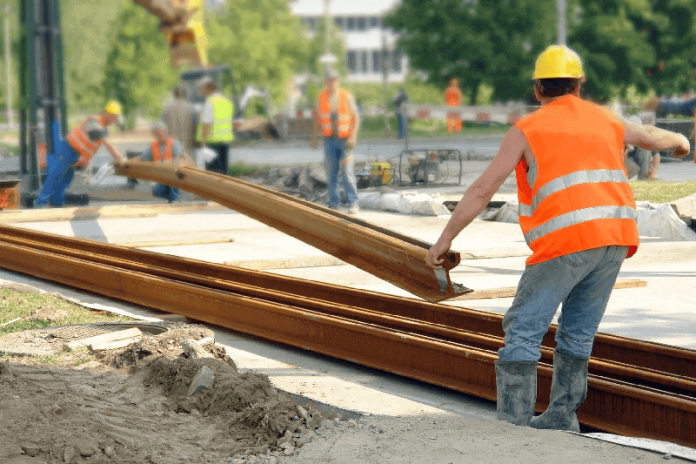by constructaquote - 1 June 2016


Health and safety should always come first. With more fatalities in 2015/2016 than any other sector within the UK, construction firms across the UK need to make sure that they are doing all they can to make their sites safe.
The law regarding such health and safety on site requires that construction firms (whether small or large) manage hazards and risk, and train their workforce to comply with regulation.
Plan, manage and monitor
In order to ensure that construction work is undertaken with marginal risk, you may want to consider planning, managing and monitoring all work that is being carried out.
Each designated individual involved in the construction process, whether post or pre-build, such as clients (in reference to sub-contractors), CMDs, designers, principle contractors and workers, have a duty to ensure that risks are minimised.
Adequate safety training should be provided to all staff as part of the induction. This should be done before any work is undertaken. Training should include primary risk evaluation including precautions.
Smaller businesses at risk
According to Health and Safety Executive also known as HSE, low falls have contributed to 60% of the non-fatal accidents and injuries as a result of falls in the last five years. This isn’t surprising when you consider the increased risks in working with ladders, scaffolding and at roof height.
Under the Construction (Design and Management) Regulations (CDM) 2015, any small building firm has a responsibility to ensure that health and safety is at the pinnacle of importance on a construction site.
Site organisation and cleanliness
Albeit an obvious action in reducing unnecessary risk, it is essential to ensure that any site is organised and has appropriate measures in place from sign posting to staff facilities.
It’s also essential that there is a clear segregation between working space, transport space and site space (in relation to public danger). This can be done by:
• Using posts to segregate worker walkways from vehicle pathways
• Fencing off the site boundaries in order to reduce any potential danger to the public
• Ensuring that all precautions are taken during demolition work
• Ensuring that trenches and excavations are inspected regularly and are sign-posted and fenced
• Making sure the site is restricted to authorised and trained personnel only
• Ensuring that unused tools and materials are kept in designated areas when not in use
• Making sure that all workers are aware of the site rules regarding organisation and cleanliness
Working at height
Improper precautions when it comes to employees working at height could lead to unnecessary risks including a higher likelihood of fatalities.
Before undergoing projects that require working at height it is considered wise to ensure the following:
• That you have planned and identified suitable precautions to ensure that the work can be carried out with minimal risk
• That you use equipment that will prevent the risk of falls, such as scaffolding
• That you use nets and sheets to reduce the risk of a long-distance fall
• That there is suitable weather conditions to carry out work at height
• That gaining access to such height is safe and secure
Safe excavation support
Not ensuring that excavations and trenches are secure and stable accounts for a considerable amount of fatalities throughout the construction environment.
In order to make sure that worker-risk is kept to a minimum you should make sure that:
• Supports are checked by the relevant individual before work is undertaken
• Entrance to the excavations are stable, allowing plenty of room
• All excavations are securely cordoned off to prevent any accidental falls
• Supports to neighbouring structures aren’t jeopardised by excavations
• Store any related materials away from the excavation entrance to prevent potentially weakening the support
Tools and materials
All construction workers will be expected to work with tools and machinery, which is not short of a risk or two. In order to reduce any possibility of injury, it could be considered essential to;
• Ensure that the correct tool is being used for the correct task
• Always wear appropriate protective attire
• Have adequate training on the use of heavy machinery before use on site
• Make sure that all tools and materials are maintained and are in good working order before use
It’s essential that all tasks in motion on a construction site are undertaken with great care, especially towards workers and members of the public.
Reducing risk of fatalities can be easily managed when applying health and safety regulations.

by Charlotte Houghton - 7 October 2020
by constructaquote - 6 October 2020
by Charlotte Houghton - 29 September 2020
by Charlotte Houghton - 24 September 2020